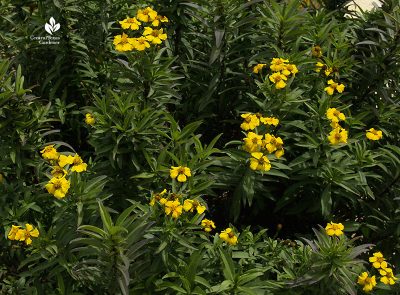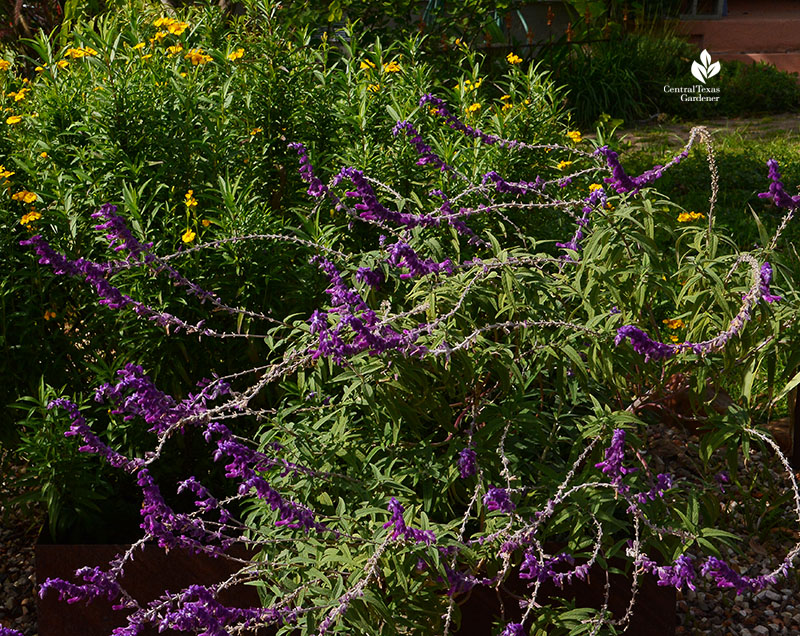What are bagworms and how do I control them?
Thank you to Jennifer Edwards for her picture and video of this bagworm she discovered on the eaves of her house! It’s not uncommon to see them on eaves, but mainly you’ll find them on your shrubs and trees.
Unlike many landscape pests, bagworms should not be ignored to let nature take its course. They can severely damage plants, to the point of which they may not be able to recover. If you find bagworms in your trees or shrubs, look for others, and remove and destroy all those that you find.
Because the females don’t develop wings, they never leave the plant on which they’re born, which could lead to a population explosion very quickly.
The bagworm caterpillar lays her eggs in fall to hatch in spring. Silk-like bag structures, constructed from leaves, bark, and twigs, protect the female, larvae and eggs. When the larvae hatch, they spin threads of silk to attach to the plant, carrying the bags as they move.
At maturity, they turn a light brown color that should be easily distinguished against the background of green foliage.
If you have an infestation this year, you should treat next year with an insecticide, but the good news is there are several least-toxic alternatives that are target specific for larval caterpillars. And as long as you use them properly and judiciously, you shouldn’t harm any other beneficial insects or “good” caterpillars in your landscape.
Choose products containing Bt (Bacillus thuriengiensis), neem oil or spinosad. Apply specifically according to the label, and only to the plant in question. Do not use neem or spinosad when bees are active.
Because female bagworms don’t leave the plant where they hatch, populations will be geographically limited, allowing you to do a targeted spray. If used properly, there will be no impact on populations of other caterpillar populations anywhere else in your landscape.
Treat in late June, while the larvae are still small. You likely won’t prevent a few larvae from slipping through your treatment plan, so watch your plants carefully in the fall, winter, and early spring, so that you can remove any bags that you find, and stop the cycle from beginning again.
Learn more about bagworms.


 Usually it freezes to the ground in winter. Whether it does or not, shear back to the ground in late winter or early spring. Only the harshest of winters will kill it to the roots.
If flowers are left to seed, it can reseed but doesn’t go too far afield, making this repopulating characteristic a positive quality for most gardeners.
Our
Usually it freezes to the ground in winter. Whether it does or not, shear back to the ground in late winter or early spring. Only the harshest of winters will kill it to the roots.
If flowers are left to seed, it can reseed but doesn’t go too far afield, making this repopulating characteristic a positive quality for most gardeners.
Our